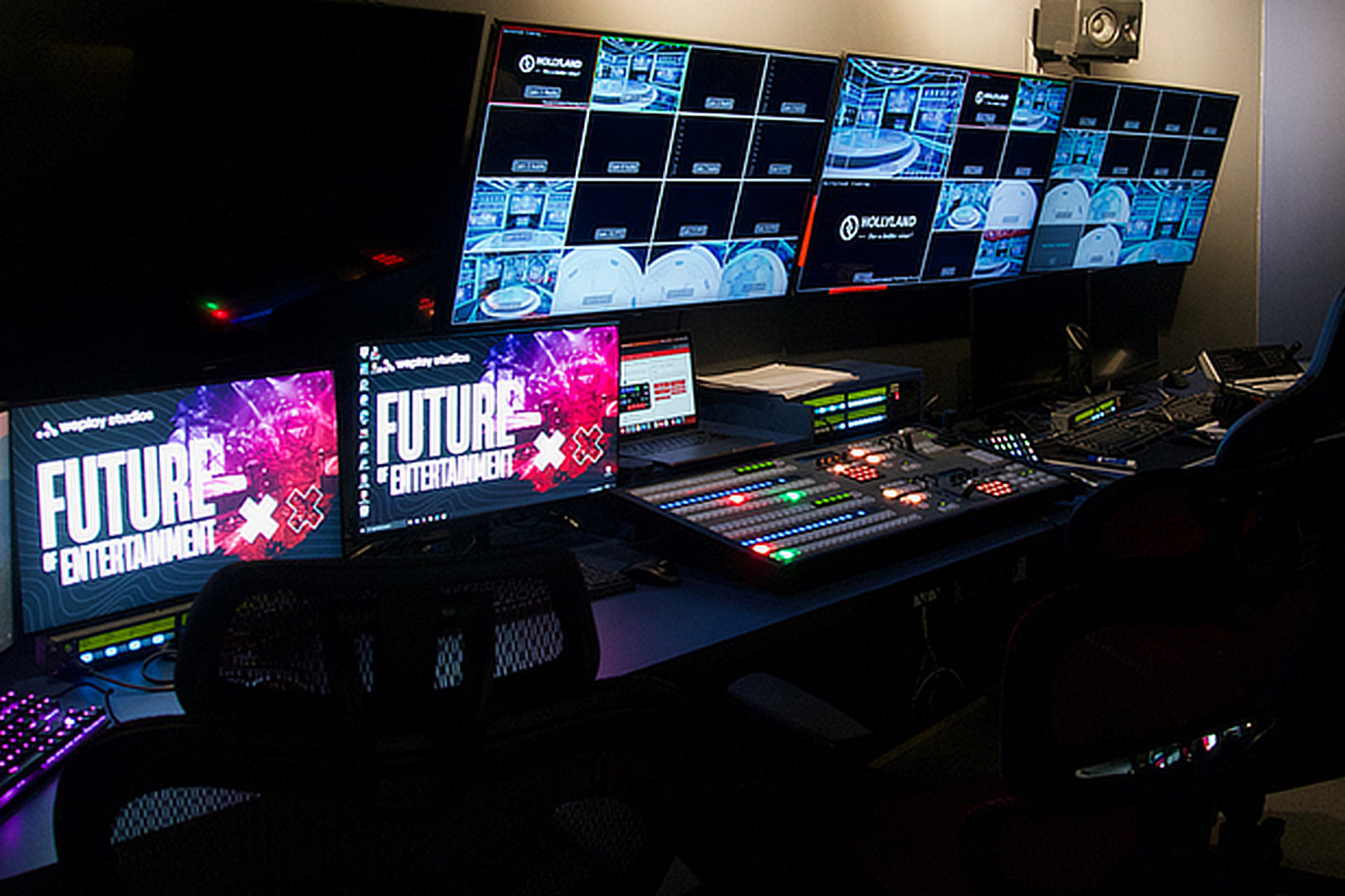Illuminating the Influence of Lighting Methods on the Art of Film Projections Mapping
Illuminating the Influence of Lighting Methods on the Art of Film Projections Mapping
Blog Article
Video mapping projection is an innovative art medium that merges technology and innovation to transform ordinary surfaces into remarkable visual exhibits. This technique entails casting images and footage onto three-dimensional elements, such as structures, artworks, or stages. One of the key significant elements in producing effective projection is the use of effective lighting techniques. Proper illumination enhances the aesthetic components of the display and guarantees that the images are clear and captivating. This article explores the impact of illumination techniques on video mapping and how they can elevate the complete experience.
Lighting plays a crucial part in motion projection because it sets the mood and tone of the exhibit. Different illumination methods can evoke various feelings and reactions from the audience. For instance, using soft, cozy illumination can create a welcoming environment, while vivid, cold illumination may create a more dynamic or intense impact. By carefully selecting light hues and brightness, artists can influence how audience perceive the projected images, leading to a more engaging experience. The balance between mapping luminance and surrounding illumination is crucial, as it can greatly impact the clarity and impact of the visuals.
In addition, color and intensity, the direction of illumination also affects the resource efficacy of mapping. Lighting from different angles can generate shadows and accents that click here for more introduce dimension to the mapped images. This method, known as chiaroscuro, can enhance the 3D quality of the subjects being projected. Additionally, using dynamic illumination can introduce energy to the exhibit, making the encounter more involving for the viewers. When the illumination interacts with the mapped visuals, it can produce an effect of motion and change, grabbing the audience's focus.
Another essential aspect of lighting in projection is the use of special features. Methods such as patterned illumination, which employs patterns and forms to project light, can introduce texture and intricacy to the mapping. This method enables creators to superimpose images and create aesthetically stunning effects that complement the projection. Additionally, adding lasers or LED lights can further enhance the display, providing a unique blend of sight components that draw the audience in. These unique features, when used thoughtfully, can elevate the projection beyond a basic show to an engaging piece of creativity.
In summary, the impact of lighting techniques on video projection is profound. By comprehending how various illumination components interact with projected images, creators can produce enthralling encounters that connect with viewers. The careful choosing of hue, brightness, angle, and special effects allows for a vivid tapestry of visual storytelling. As technology continues to grow, the options for artistic expression in projection will only grow, making lighting an ever-important aspect in this innovative art form.